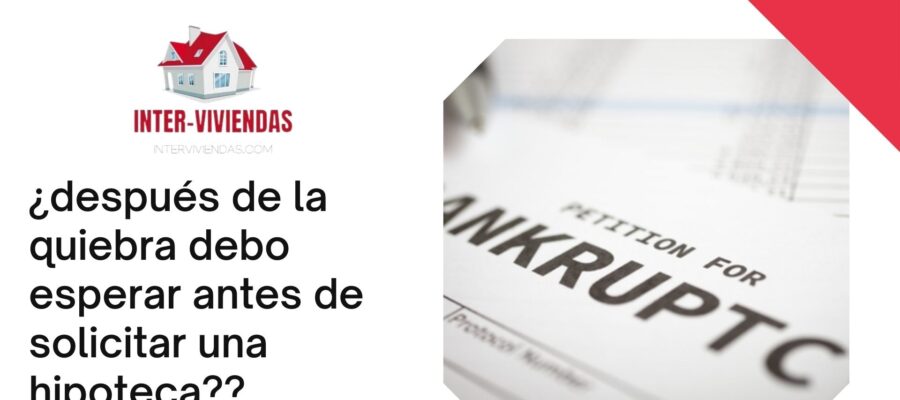We know the importance of saving when making a project, and what better way to do it than to obtain a home, so we took on the task of creating this content to resolve your doubts: 4 ways to save money without refinancing Refinancing can refer to the act of replacing an existing debt obligation with another debt obligation on different terms.
Mortgage rates are at historic lows , and homeowners can save a lot of money by refinancing to a lower rate. But what if you’ve refinanced but still need to save on housing? Or what if you don’t want to reset your mortgage term ? Or what if you just don’t want to deal with all the paperwork again? Fortunately, there may be other ways to save money without refinancing .
Pay other debts
If you have high-interest credit card debt or a car loan, you may want to save the money you spent on closing costs for your refinance and use it to pay off those debts. The more these debts continue to accumulate, the faster they add up. If you put your money toward a high-interest loan first, you may be able to free up more money to finance your home purchase. Once that problem is resolved, refinancing in the future still makes sense, especially if paying off the debt can improve your credit score.
- Get Rid of PMI
If you put down less than 20% when you bought your home , you probably had to pay private mortgage insurance (PMI) every month or year. However, this extra cost can be amortized once you reach 20% equity in your home, either by paying off the loan, increasing the value of the property , or a combination of the two. If you’re still paying PMI, check to see how much equity you have now. Most lenders will automatically remove your PMI payment once you owe less than 78% of your home’s value, but you may want to check with them to make sure all the stats are correct, including the most current market value of your property . This can cost you several hundred dollars a month, depending on the size of your loan. - Seek Property Tax Relief
If you believe your home isn’t worth as much as the government says it is, you may be able to appeal your property taxes to get them lowered. You can ask the city to reassess your home’s value using a professional appraiser’s report or recent, comparable sales records in your neighborhood. If you’re right and your home’s value isn’t as high as the city says, your tax will be reduced, saving you hundreds of dollars a year. - Refinance Your Loan
Let’s say you bought a home with a mortgage payment that stretches your budget quite a bit. If you can save your tax checks, bonuses, or other financial benefits , you’ll be able to refinance your loan. That means if you spend a significant amount of money (typically $20,000 or more) on your mortgage at one time , you can apply to refinance, or re-amortize, your loan. This means it’s like starting over with a smaller loan amount (but still with the remaining amount to pay off), and your monthly mortgage bill will be smaller, too.
Refinancing can be a great option to save money, especially in today’s low interest rate environment . But if it’s not for you right now, hopefully these alternatives can help you cut costs and keep your budget in the black.
We hope that these savings tips are helpful to you and that we can conclude that good habits alway


